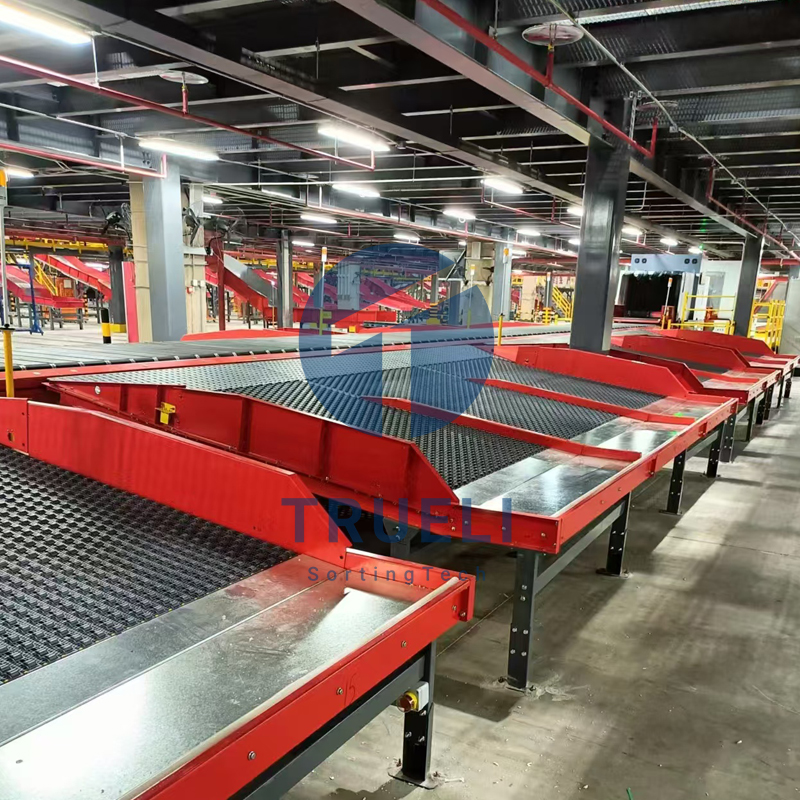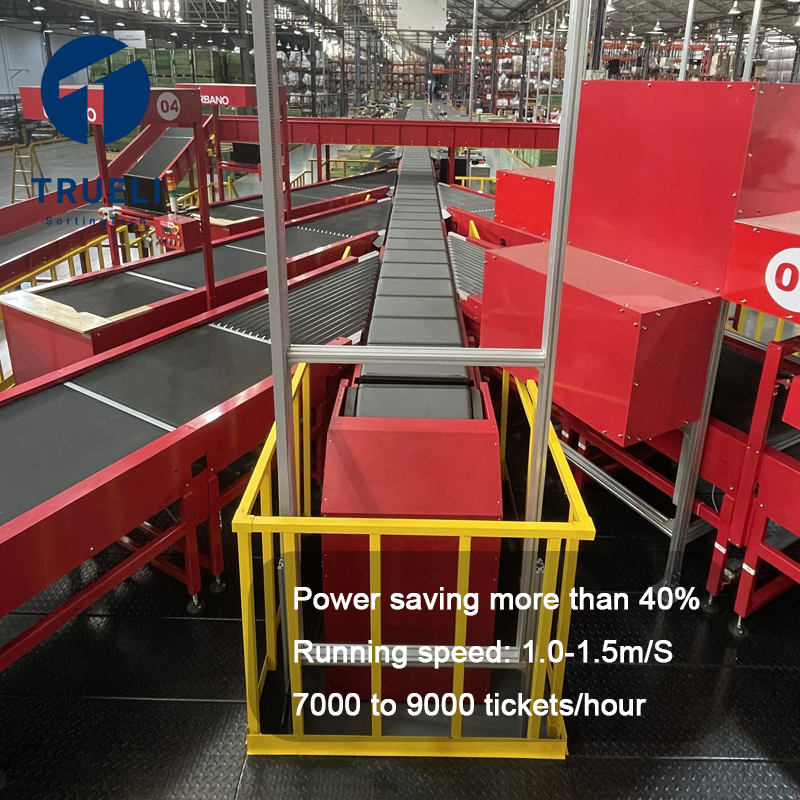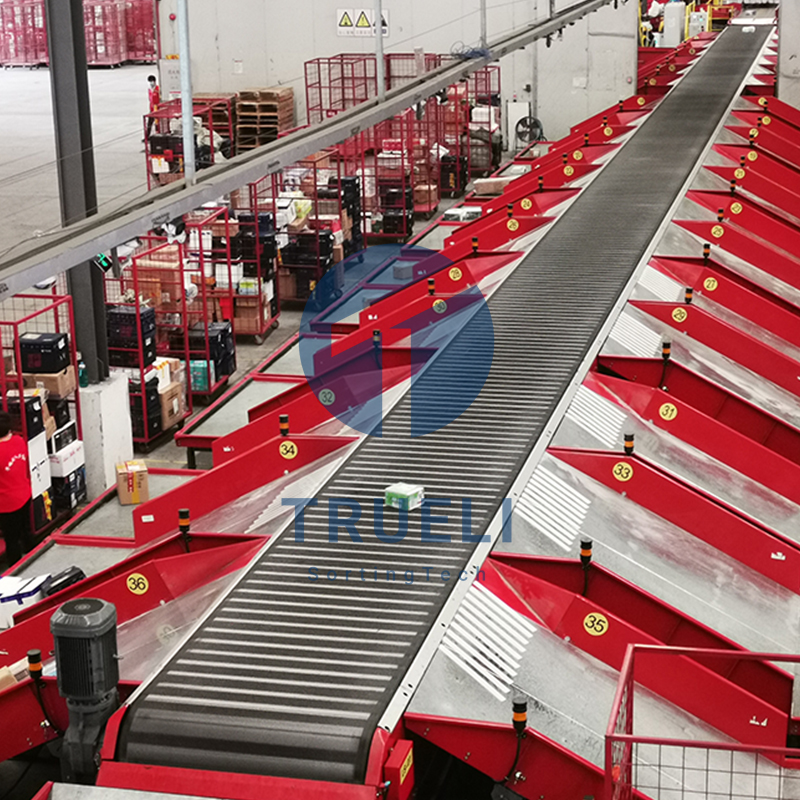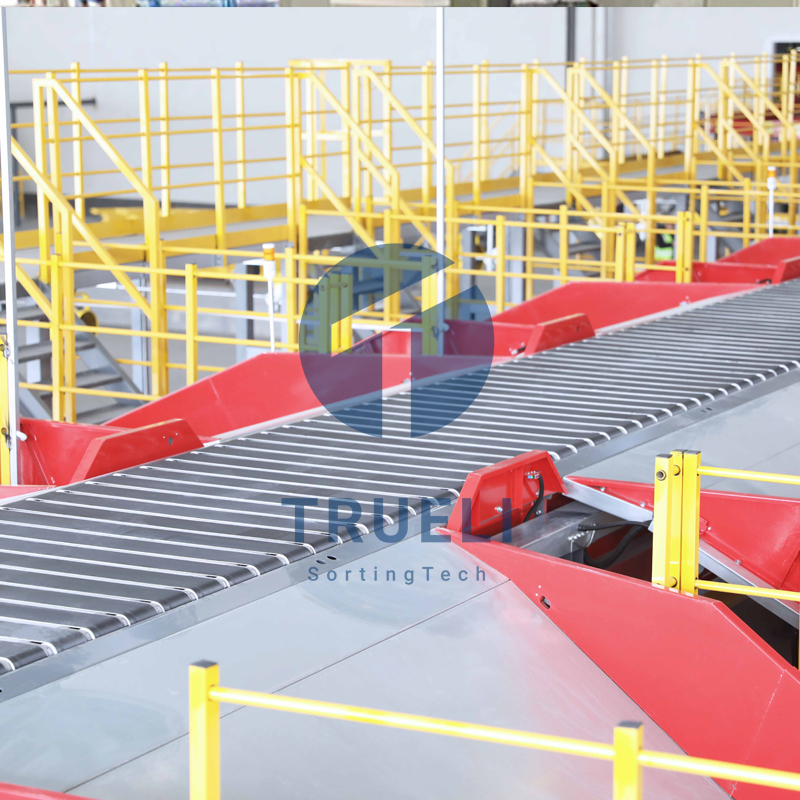The rapid expansion of global e-commerce has rewritten the rules of warehouse management. Traditional manual workflows are no longer capable of supporting today’s demand for faster delivery, higher accuracy, and continuous peak-season performance. As a result, automation technologies are becoming essential infrastructure across the logistics industry.
1. Smarter Material Flow for Higher Efficiency
Automated conveying and sorting systems ensure that parcels move through facilities with minimal human intervention. Gravity roller conveyors, motorized conveyors, and automated diverter systems now work together to maintain smooth, uninterrupted product flow. These solutions help reduce bottlenecks and keep operations running at consistent high capacity.
2. Data as the New Driver
Modern warehouses rely heavily on real-time data to optimize decision-making. Sensors, scanners, and DWS units capture parcel dimensions, weight, and label information instantly. By integrating this data with warehouse execution systems (WES) or WMS platforms, operators gain full visibility and control over their processes, improving both productivity and accuracy.
3. Automation Reduces Labor Pressure
Labor shortages continue to challenge warehouse operations worldwide. Automation significantly reduces reliance on manual labor for repetitive and physically demanding tasks. Systems like cross-belt sorters, narrow-belt sorters, and sliding-shoe solutions eliminate unnecessary manual handling while improving safety and reducing operational fatigue.
4. Scalability Through Modular Design
Warehouse automation is becoming increasingly modular. Businesses can start with foundational systems — such as conveyors or basic sortation — and scale up to advanced solutions as volumes grow. Modular engineering reduces installation time and ensures that capacity can expand without disrupting daily operations.
5. Improving Customer Experience
Consumers expect reliable, fast delivery. Automated logistic systems help businesses meet these expectations by reducing errors, increasing throughput, and supporting real-time tracking. As automation improves fulfillment speed, companies can offer better service levels and strengthen their market competitiveness.
Conclusion
The future of warehousing lies in intelligent automation. By adopting advanced conveying, scanning, and sorting technologies, logistics providers can build resilient, scalable, and data-driven operations. Those who embrace this transformation early will be better positioned to compete in an increasingly demanding global marketplace.





